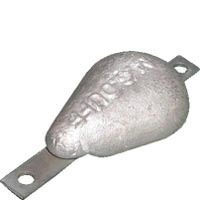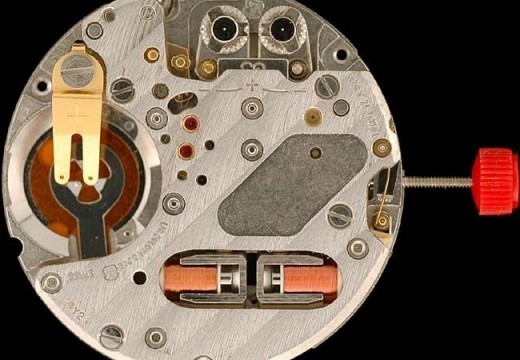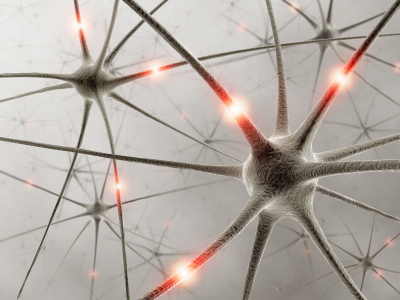Magnesium Anodes
Sacrificial anodes are used in cathodic protection systems in order to protect the primary metallic component(s) from corrosion. A magnesium anode is a type of metal used on boats and ships in order to protect the vessel’s other metallic parts. It first protects the area’s less active metal and acts as a corrosion barrier. How …









